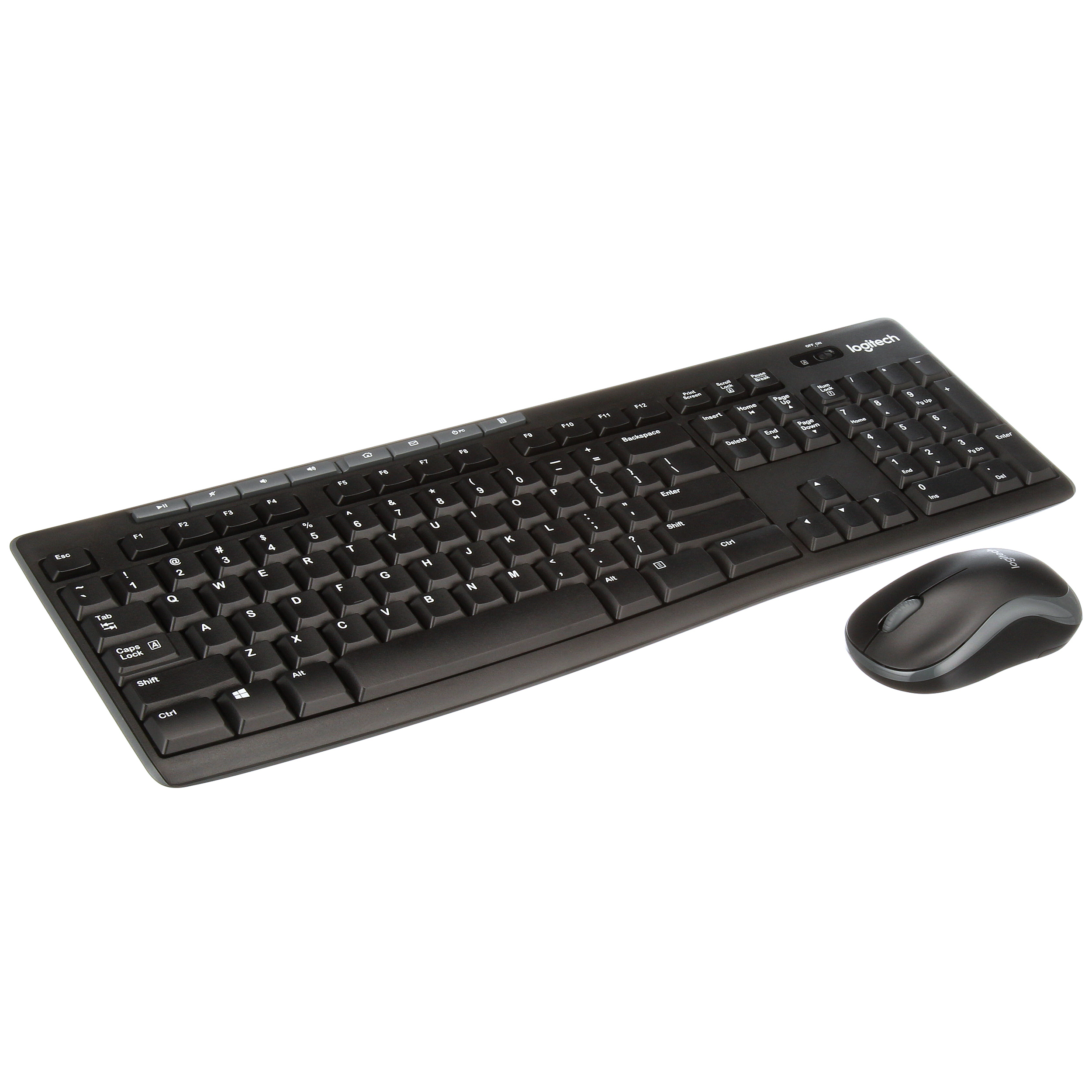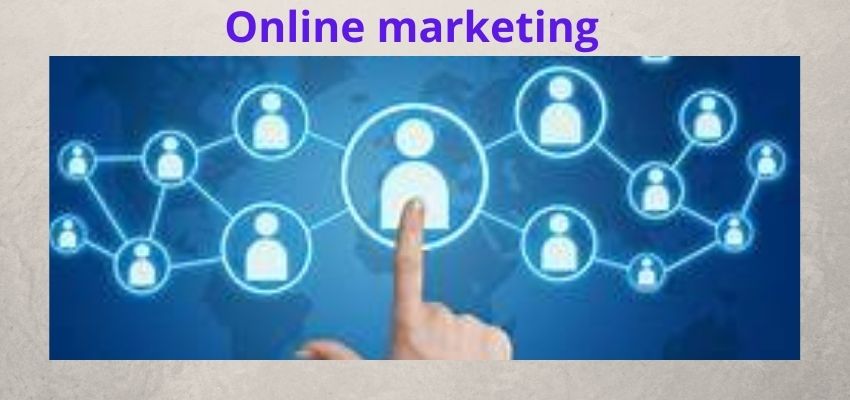Digital Futures Can Be Built Without Technology Experts?
Technology has fundamentally changed how companies do business in today’s highly digital world. While Silicon Valley led the way, non-tech companies quickly hired software developers, coders, and IT professionals to usher them into the digital age. The use of digital technologies has been integrated into virtually every aspect of the business to improve operations and satisfy changing customer needs.
Since market demands and customer expectations are growing, the extreme pressure for companies to accelerate their digital transformation has outpaced manageable IT workloads and necessitated an alternative approach to scaling IT development through low-code/no-code tools.
By automating the underlying technical processes associated with customizing various software applications, low-code/no-code technology allows non-IT professionals to build internal applications. Now, companies can develop and deploy new applications or enhance existing ones without overloading their IT departments and in less time than traditional coding methods. Due to low-code/no-code capabilities, Gartner, Inc. even predicted that 80% of technology products and services would be created by non-technical professionals by 2024.
The Field Service Industry and Digitalization
Besides reducing the time between an idea and its execution, low-code/no-code solutions also solve the operational challenges unique to service-oriented businesses. The field service industry, which covers a variety of verticals and operates at varying levels of digital adoption, is one of those industries that could greatly benefit from implementing a digital-first culture. In the first place, this is because providing field services and managing workflows is complex by nature, and secondly, the uberization of services requires companies to adapt much faster and more effectively.
First, field service businesses must evaluate the skill level of their technicians before embarking on the digital journey. Let’s say you work in oil and gas or industrial services. Since the field technician job requires a great deal of on-the-job experience, technicians in these organizations tend to be older. As a result, they might be less tech-savvy, for example, than a 30-year-old millennial. These days, companies realize that the user experience needs to be tailored to each technician’s skill level.
Next, identify any roadblocks that employees may encounter when navigating a digital platform. A work form heavy in the text would be a significant barrier for a company with technicians who are not native language speakers or poorly literate. Communicating with your staff in the most effective manner is critical.
Companies can customize workflows based on the specific needs of field technicians by understanding their needs. A janitorial service provider could, for instance, build a graphical user interface that is unique in that it uses images rather than text to eliminate a language barrier. The screen would show a picture of the work being performed, such as cleaning a window, and an icon for thumbs up and down. By simply clicking on images, the technology can identify which room they were in, what time it was (clocking them in and out automatically), and which tasks they had completed.
For example, imagine a company with 500 employees on the field, 400 of whom know how to use technology on their smartphones and tablets. Advanced technology can be used to improve the user experience. The remaining 100 employees could be given a different user experience that has them doing the same task, answering the same questions, and inputting the same data in different ways.
Traditional mainstream IT solutions have difficulty supporting dynamic, shifting workflows, or quickly customizing workflows for different user groups. Low-code/no-code, however, provides an easier alternative. Companies can implement software changes without contacting a coder or waiting for their IT departments to get backlogged through drag-and-drop editors and code generators.
IoT (Internet of Things)
The Internet of Things (IoT) is another way that technology is changing the future of field technicians. Thanks to the proliferation of off-site monitoring through IoT technology, enterprises can monitor and control equipment at remote locations in real-time. Computer diagnostics can detect trends, report errors, and even predict them in advance. Field technicians are less likely to wonder what’s on the other side when they open a door.
The Internet of Things has fundamentally changed the relationship between a client and a field technician. The client used to know more about the status of equipment on-site than the field technician did when a problem occurred. Using IoT, the field technician is sent out with comprehensive information about the equipment’s condition and is responsible for informing the client. Future field technicians will have to gain a whole new skill set in customer relations as a result of this.
Hyper-Customize – The Simple Solution
There are also field service companies that have advanced further in their digital transformation journey. For example, home appliance service companies. Amazon dispatchers, for example, follow preset process guidelines, such as taking a picture upon arrival and obtaining the homeowner’s signature upon departure. Therefore, many dispatch providers have already incorporated software that allows technicians to perform such tasks onsite.
As most of these software providers offer fixed solutions, making “out of the box” changes to workflows usually takes weeks or months to implement, as custom coding is required. When these service providers work with multiple retailers, each with specific requirements, they should look for low-code/no-code tools where the company can build a customized online workflow on their site that is unique to each retailer. Create workflows that can accommodate multiple technicians who may be on-site at the same time, as well as support the retailer’s standardized experience from start to finish. Additions to the algorithm code of traditional software offerings can break them if they are too complex.
Low-code/no-code: The Power
Decide from the start how prebuilt and configurable low-code/no-code components can speed up hyper-customization for companies that are ready to accelerate their digital transformation. You may be able to improve workflows without engaging in wholesale shifts in existing IT infrastructure by layering low-code/no-code offerings onto existing software solutions.
In the low-code/no-code era, the democratization of technology across non-IT professionals has merged the silos between business and technology. A company’s bottom line will benefit from these advancements, whether it is by launching new applications faster (at a lower cost), automating workflows, or adapting to customer needs. In addition, companies at any stage of their digital transformation journey have the same opportunity to succeed.
When you need them most, FE’s outside field technicians are available 24/7.
LAN/WAN, server, unified communications, workstation, and wireless technologies from leading equipment manufacturers are all expertly installed, tested, repaired, and replaced by our network of onsite field technicians averaging 5 to 15 years of experience.
Read More: 7 Best Tips To Upgrade The Performance Of Your Mac













